Currently, plastic film production in our country accounts for about 20% of the total production of plastic products and is one of the fastest-growing categories within plastic production.
During the film production process, various factors such as raw materials, machinery, and operations can lead to issues such as poor sealing, low transparency, film thickness being either too thick or too thin, unstable bubble formation, and wrinkles.
Many factories have likely encountered the aforementioned issues during the production process. Today, we will discuss 11 common problems with plastic films and their solutions.
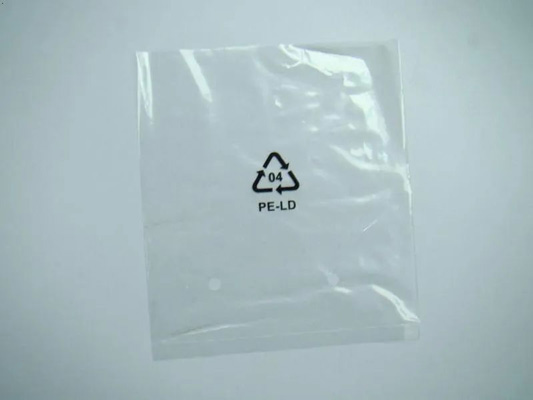
1. Incorrect resin material type, lacking or insufficient slip agents.
2. Excessive temperature of molten resin, resulting in high fluidity.
3. Excessive blow-up ratio leading to decreased film sealability.
4. Slow cooling speed causing mutual adhesion under the pressure of traction rollers.
5. Excessive traction speed.
1. Replace resin material or add a certain amount of slip agents to the hopper.
2. Appropriately lower extrusion and resin temperatures.
3. Decrease the blow-up ratio appropriately to enhance sealability.
4. Increase air volume to expedite film cooling.
5. Moderately reduce traction speed.
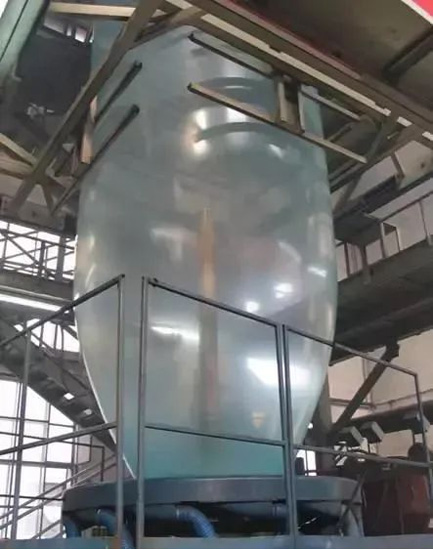
1. Low extrusion temperature resulting in inadequate resin plasticization.
2. Excessively low blow-up ratio leading to overly thick film.
3. Poor cooling effect affecting the film's transparency.
4. Excessive moisture content in the resin material.
5. Excessive traction speed causing insufficient film cooling.
1. Moderately increase extrusion temperature for uniform resin plasticization.
2. Slightly increase the blow-up ratio to enhance transparency.
3. Increase air volume to improve cooling efficiency.
4. Conduct drying treatment for the raw materials.
5. Moderately decrease traction speed.
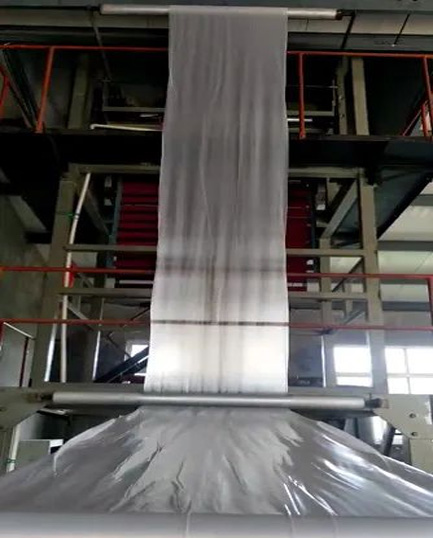
1. Uneven film thickness.
2. Inadequate cooling effect.
3. Excessively high blow-up ratio causing unstable bubbles.
4. Inconsistent pressure on the traction rollers.
5. Excessive angle of the zigzag board, causing flattening of the bubble over short distances.
6. Misalignment of the axes between guiding rollers, affecting film flatness.
1. Adjust film thickness to ensure uniformity.
2. Improve cooling effectiveness to ensure thorough film cooling.
3. Moderately reduce the blow-up ratio for bubble stability.
4. Adjust the angle of the zigzag board accordingly.
5. Fine-tune the pressure on the traction rollers for uniform stress on the film.
6. Inspect the alignment of the axes between guiding rollers and ensure their parallel alignment.

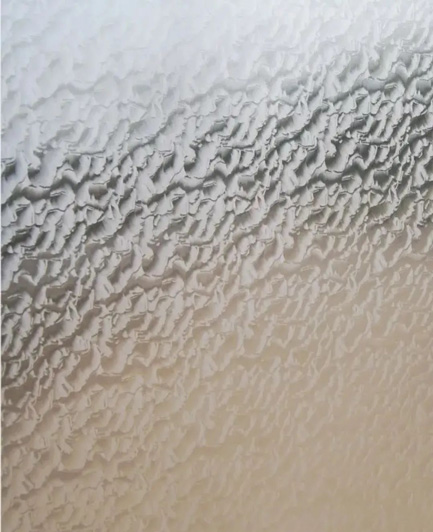
1. Low extrusion temperature leading to poor resin plasticization.
2. Resin being damp, resulting in excessively high moisture content.
1. Adjust the temperature settings of the extruder and moderately increase the extrusion temperature.
2. Dry the resin material; typically, resin moisture content should not exceed 0.3%.
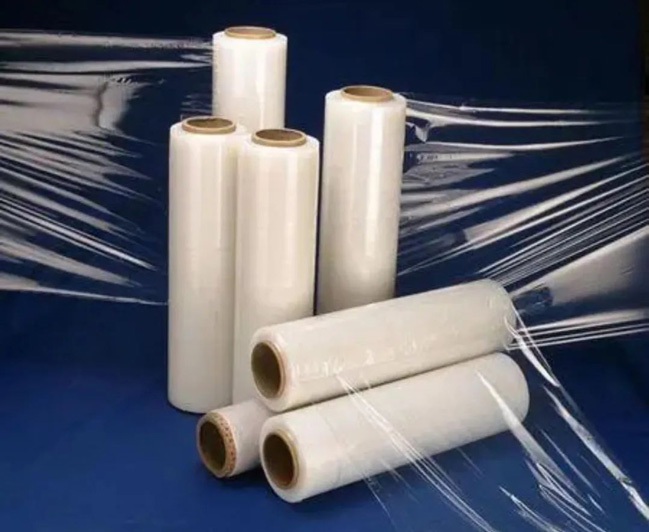
1. Uneven gap between the die lips.
2. Non-uniform distribution of temperature across the die lips.
3. Inconsistent airflow around the cooling ring, resulting in uneven cooling effects.
4. Inappropriate blow-up and traction ratios leading to difficulty in controlling bubble thickness.
5. Inconsistent traction speed causing continuous fluctuations, affecting film thickness.
1. Adjust the die head to ensure uniform and consistent gaps.
2. Regulate the die head temperature for even distribution.
3. Fine-tune the cooling setup to ensure uniform airflow from the outlets.
4. Adjust blow-up and traction ratios to maintain consistent bubble thickness.
5. Inspect mechanical transmission components to maintain constant traction speed.

1. Die lips gap and extrusion volume being too large or too small, causing the film to be excessively thick or thin.
2. Airflow from the cooling ring being too high or too low, resulting in overly rapid or slow film cooling.
3. Traction speed being too slow or too fast, causing insufficient or excessive stretching of the film.
1. Adjust die lips gap and extrusion volume to achieve an appropriate film thickness.
2. Adjust the airflow from the cooling ring to ensure appropriate film cooling duration.
3. Fine-tune the traction speed for moderate film stretching.
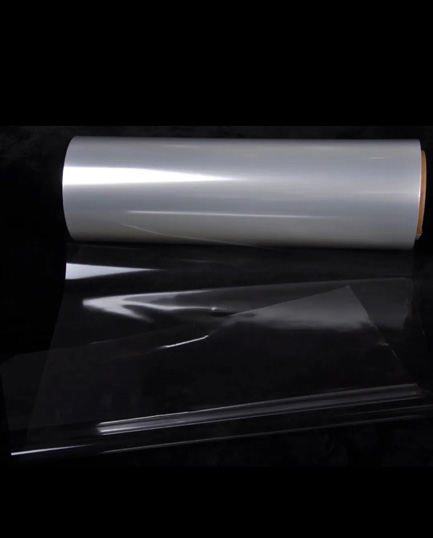
1. Low dew point causing molecular orientation of the polymer and decreasing heat sealing performance.
2. Excessive blow-up and traction ratios leading to film stretching and poor heat sealing performance.
1. Adjust the airflow from the cooling ring to ensure it operates below the plastic's melting point during inflation and traction.
2. Reduce the blow-up and traction ratios appropriately to prevent film stretching.
1. Excessive temperature of molten resin leading to a decrease in the longitudinal tensile strength of the film.
2. Slow traction speed resulting in insufficient longitudinal orientation and reduced tensile strength.
3. Excessive blow-up ratio not matching the traction ratio, causing reduced longitudinal tensile strength.
4. Excessive film cooling speed.
1. Moderately reduce the temperature of the molten resin.
2. Moderately increase the traction speed.
3. Adjust the blow-up ratio to match the traction ratio.
4. Moderately decrease the film cooling speed.
1. Excessive traction speed causing a significant disparity with the blow-up ratio, resulting in fiber formation in the longitudinal direction.
2. Slow cooling speed from the cooling ring.
1. Moderately decrease the traction speed to align with the blow-up ratio.
2. Increase the airflow from the cooling ring to expedite film cooling.
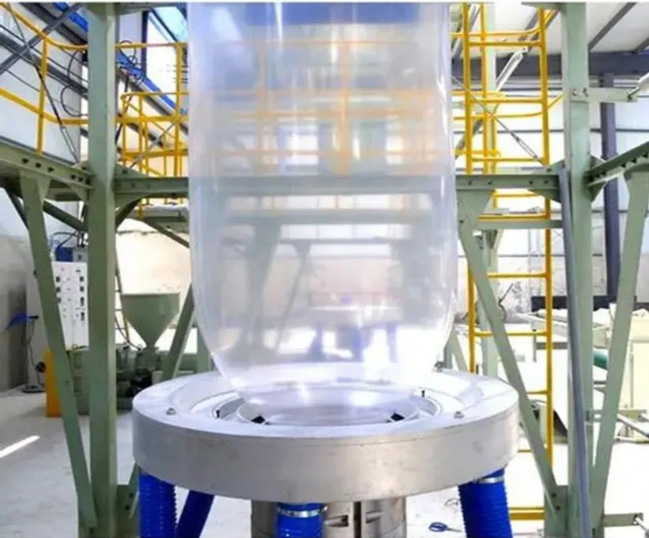
1. Excessive extrusion temperature leading to excessive fluidity of the molten resin.
2. Low extrusion temperature resulting in low output.
3. Inconsistent airflow from the cooling ring causing uneven film bubble cooling.
4. Disruption and interference from strong external airflow.
1. Adjust the extrusion temperature to an appropriate level.
2. Inspect cooling equipment to stabilize airflow.
3. Minimize the influence of external airflow disruptions.
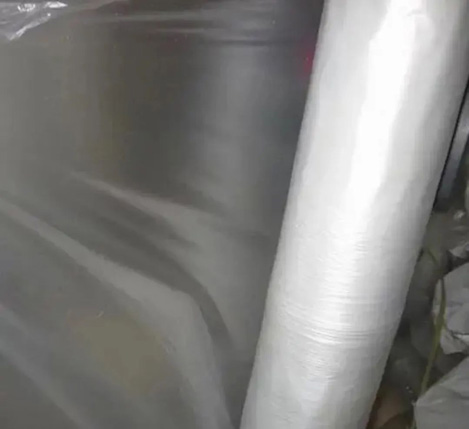
1. Low extrusion temperature causing poor resin plasticization.
2. Excessive extrusion speed resulting in insufficient cooling of the film.
1. Moderately increase the extrusion temperature to ensure proper resin plasticization.
2. Moderately decrease the extrusion speed to allow adequate film cooling.
1. Resin material itself having an odor.
2. Excessive extrusion temperature causing resin decomposition and odor generation.
3. Inadequate cooling of the film bubble resulting in insufficient removal of hot air within the bubble.
1. Replace the resin material.
2. Adjust the extrusion temperature.
3. Improve the cooling efficiency of the cooling ring to ensure thorough film bubble cooling.




